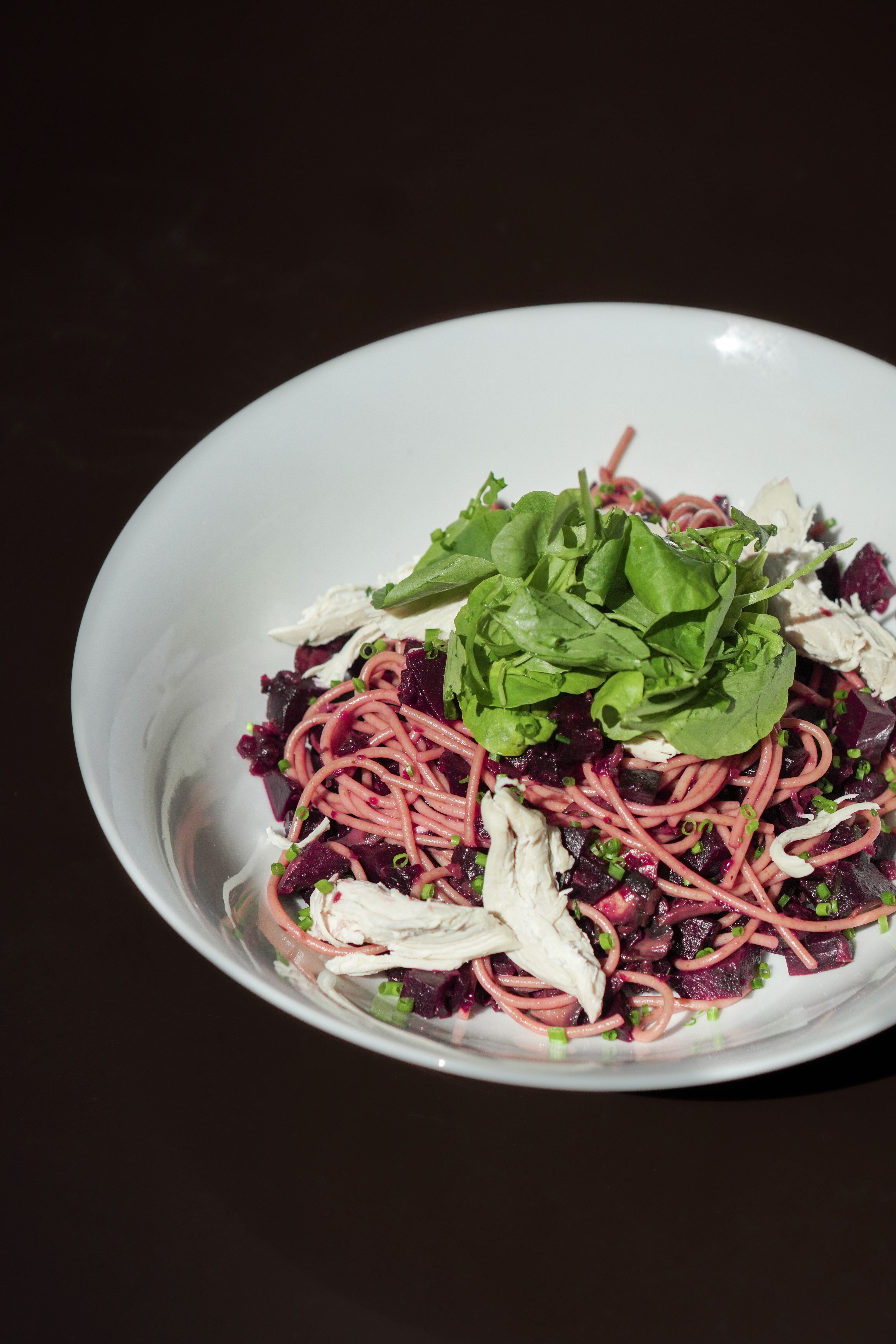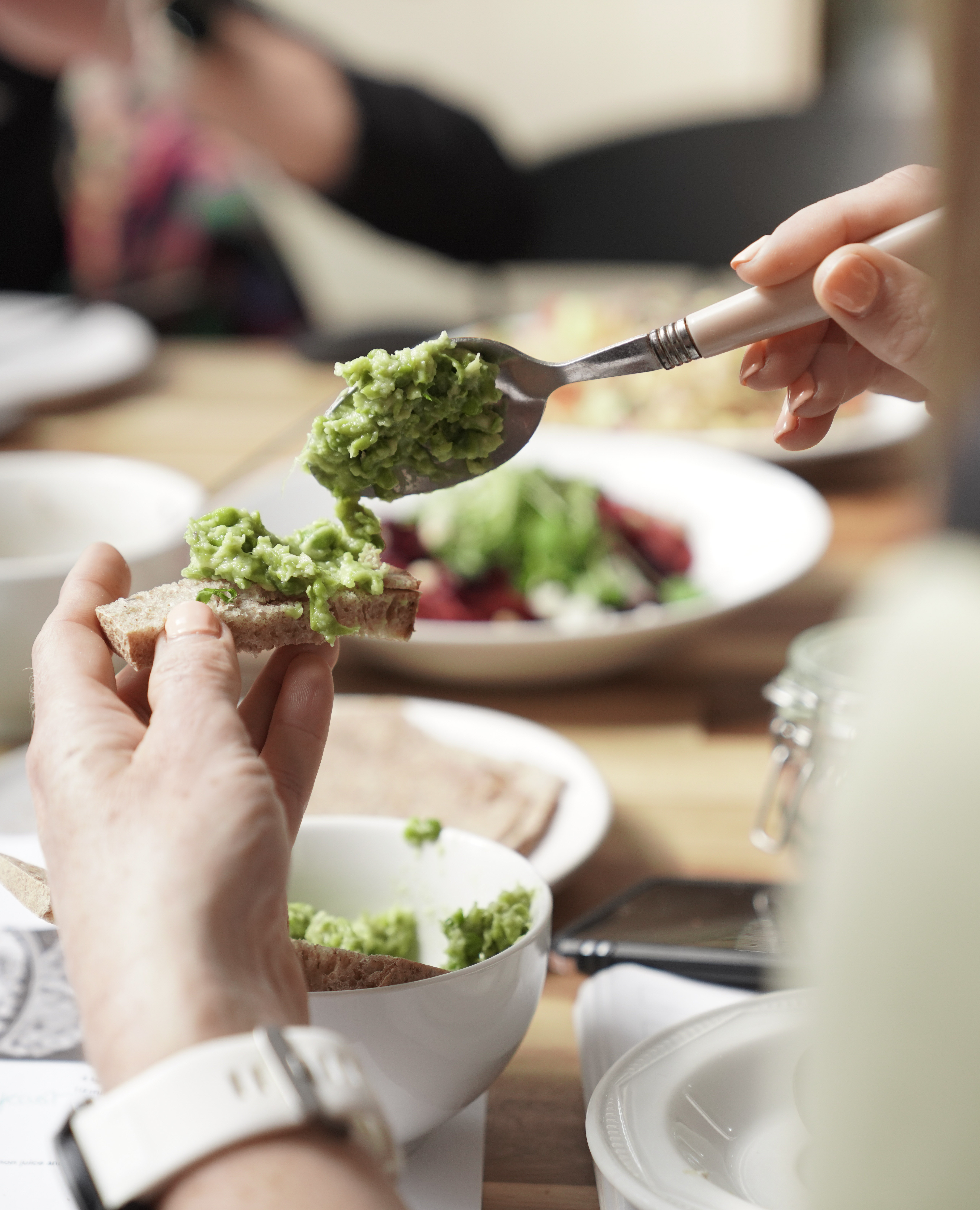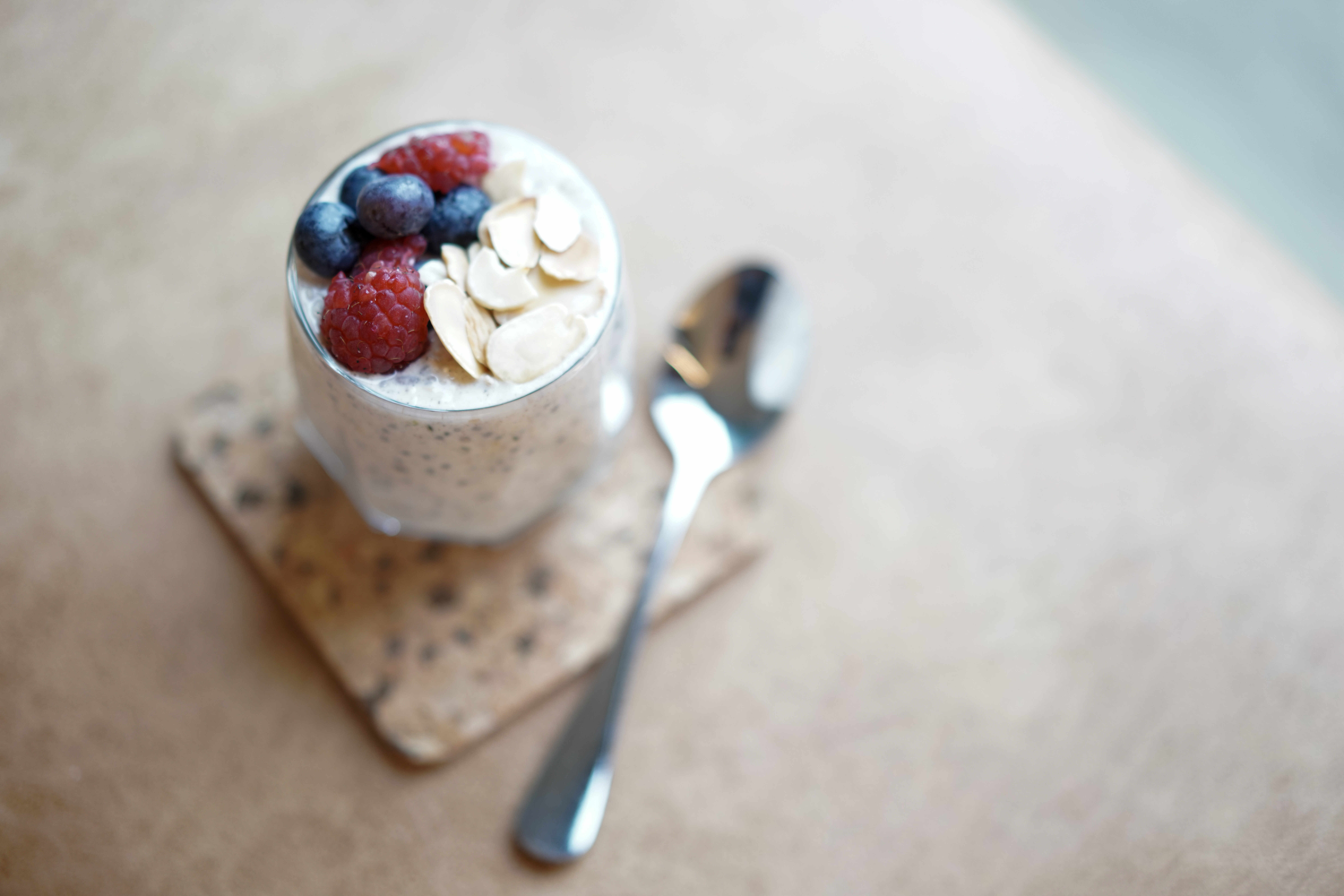Boost your health with fibre! Discover our 5 top sources of fibre and learn how to incorporate them into your meals for better digestion and overall well-being. Check out our latest article for tips and insights.
In a hurry? Here's all you need to know:
- Fibre is essential for digestive health, overall well-being, and immune function, yet many people fall short of the recommended intake of 30 grams per day
- The average fibre intake in the UK is about 18 grams, significantly below the recommended level, increasing the risk of chronic diseases like Type 2 diabetes, cardiovascular disease, and certain cancers
- Whole wheat spaghetti, chia seeds, broccoli, peas, and apples are excellent sources of dietary fibre that can be easily incorporated into daily meals and snacks
- Fibre comes in two types: soluble (found in oats, beans, fruits) and insoluble (found in whole grains, nuts). Both are important for regulating blood sugar, lowering cholesterol, and promoting digestive health
- Fibre supports a healthy gut microbiome, which plays a crucial role in immunity and reducing inflammation, all contributing to protecting against serious illnesses
Read on for deeper insights and tips…

The Power of Fibre: Essential for a Healthy Diet
Fibre is an essential part of our diet, yet many of us fall short of the recommended intake. Incorporating fibre-rich foods into your daily routine can significantly enhance your digestive health and overall well-being. In this article, we’ll explore five fantastic sources of fibre, offering practical tips on how to include them in your meals and snacks. Let’s embrace a balanced diet with these simple yet effective additions to your nutrition plan.
1. Whole Wheat Spaghetti: A Nutritious Pasta Alternative
Whole wheat spaghetti is a fantastic way to boost your fibre intake. Unlike refined pasta, whole wheat spaghetti retains more of the grain's natural nutrients and fibre. Try our Beetroot and Watercress Pasta, which combines the earthy sweetness of beetroot with the peppery crunch of watercress for a delicious and nutritious meal. This dish not only satisfies your taste buds but also contributes to your daily fibre goals, making it an easy and wholesome choice.
2. Chia Seeds: Tiny Seeds with Big Benefits
Chia seeds are small but mighty when it comes to fibre content. These versatile seeds can be easily added to a variety of dishes to boost their nutritional value. One of our favourites is our take on Overnight Oats, packed with chia seeds. This easy-to-make breakfast not only keeps you full but also provides a substantial dose of fibre to start your day right. Whether sprinkled on salads, blended into smoothies, or mixed into yogurt, chia seeds are a simple yet powerful way to enhance your fibre intake.
3. Broccoli: A Fibre Powerhouse
Broccoli is not only rich in fibre but also packed with essential vitamins and minerals. It’s a versatile vegetable that can be easily incorporated into various dishes. We love using it as a side for a range of meals, ensuring you get a good dose of fibre with every bite. Whether steamed, roasted, or sautéed, broccoli is a simple yet effective addition to your diet, supporting both digestive health and overall wellness.
4. Peas: A Versatile Source of Fibre
Peas are a delicious and versatile source of fibre that can be used in soups, stews, or as a side dish. Our innovative Pea-camole recipe offers a fresh twist on traditional guacamole, using peas to create a fibre-rich dip that's perfect for snacks or as a topping for your meals. This unique dish not only adds variety to your diet but also helps you meet your daily fibre needs in a tasty and enjoyable way.
5. Apples: The Perfect Fibre-Packed Snack
Apples are not only tasty but also an excellent source of dietary fibre. They can be enjoyed on their own or paired with other foods for a more satisfying snack. A great idea is to pair an apple with a little peanut butter, combining the fibre from the apple with the protein and healthy fats from the peanut butter. This combination makes for a delicious and nutritious snack that keeps you feeling full and energised throughout the day.

Understanding Fibre: Soluble vs. Insoluble
Fibre, found mainly in fruits, vegetables, whole grains, and legumes, comes in two varieties: soluble and insoluble. Soluble fibre dissolves in water, helping to lower glucose levels and blood cholesterol. It works by slowing down the digestion and absorption of carbohydrates, preventing rapid spikes in blood sugar levels after meals, which can improve insulin sensitivity and help the body regulate blood sugar more effectively. It also binds to cholesterol particles in the small intestine, preventing them from being absorbed into the bloodstream and accumulating on artery walls.
Insoluble fibre, on the other hand, does not dissolve in water and plays a crucial role in keeping the digestive system moving, which helps prevent constipation and digestive disorders such as haemorrhoids and diverticulitis. It also reduces the risk of developing cancers of the bowel and rectum. Additionally, insoluble fibre assists with weight management by helping you feel fuller for longer, thereby reducing unhealthy food choices throughout the day.
Sources of soluble fibre include oats, beans, legumes, fruits, and vegetables, while insoluble fibre can be found in whole grains, nuts, and seeds. Incorporating a balance of both types of fibre into your diet is key to maintaining good health.
The Fibre Gap: Why We Need to Eat More
Despite fibre’s importance to our health, many of us don't consume enough. The recommended daily intake is at least 30 grams, yet the average intake in the UK is closer to around 18 grams. This gap in fibre consumption can lead to not only digestive issues but also increased risks for chronic diseases such as Type 2 diabetes, cardiovascular disease, and certain types of cancer.
The Role of Fibre in Gut Health and Immunity
Our partner and in-house nutrition expert, Sarah, explains the critical role fibre plays in maintaining a healthy gut:
"The gut microbiome, a complex community of microorganisms living in our digestive tract, thrives on the fibre we consume. These microorganisms play a crucial role in our health, influencing everything from weight management to immune function and even mental health. Fibre acts as a prebiotic, providing food for these beneficial bacteria, which in turn produce nutrients for our body, including short-chain fatty acids that nourish the gut wall and support a strong immune system.
Our immune system is responsible for protecting us from colds and flu, aches and pains, but also from more serious inflammation that can develop throughout our body. Inflammation is the root of many serious illnesses, such as Type 2 diabetes, cardiovascular disease, and various cancers. It’s even connected to cognitive decline and diseases like Alzheimer’s. Therefore, it’s critical that we consume the nutrients, especially fibre, needed to ensure our immune system is working effectively to keep inflammation at bay."
So, what have we learned?
Here at NuMi we believe that nutrition should always be the first pillar of health addressed when looking to make positive changes to health and wellbeing. We’ve learned that including fibre-rich foods in your diet is essential for optimal digestive health and that studies suggest that a diet high in fibre can reduce the risk of developing chronic diseases such as heart disease, diabetes, and certain types of cancer. Incorporate as many sources of fibre as possible into your weekly diet plan to ensure you're getting the recommended daily intake of fibre.
In short, incorporating fibre into your diet doesn’t have to be complicated and tastes great too! Remember, small changes can lead to significant improvements. Start today and experience the benefits of a fibre-rich diet and contribute to leading a balanced healthier, happier life.


